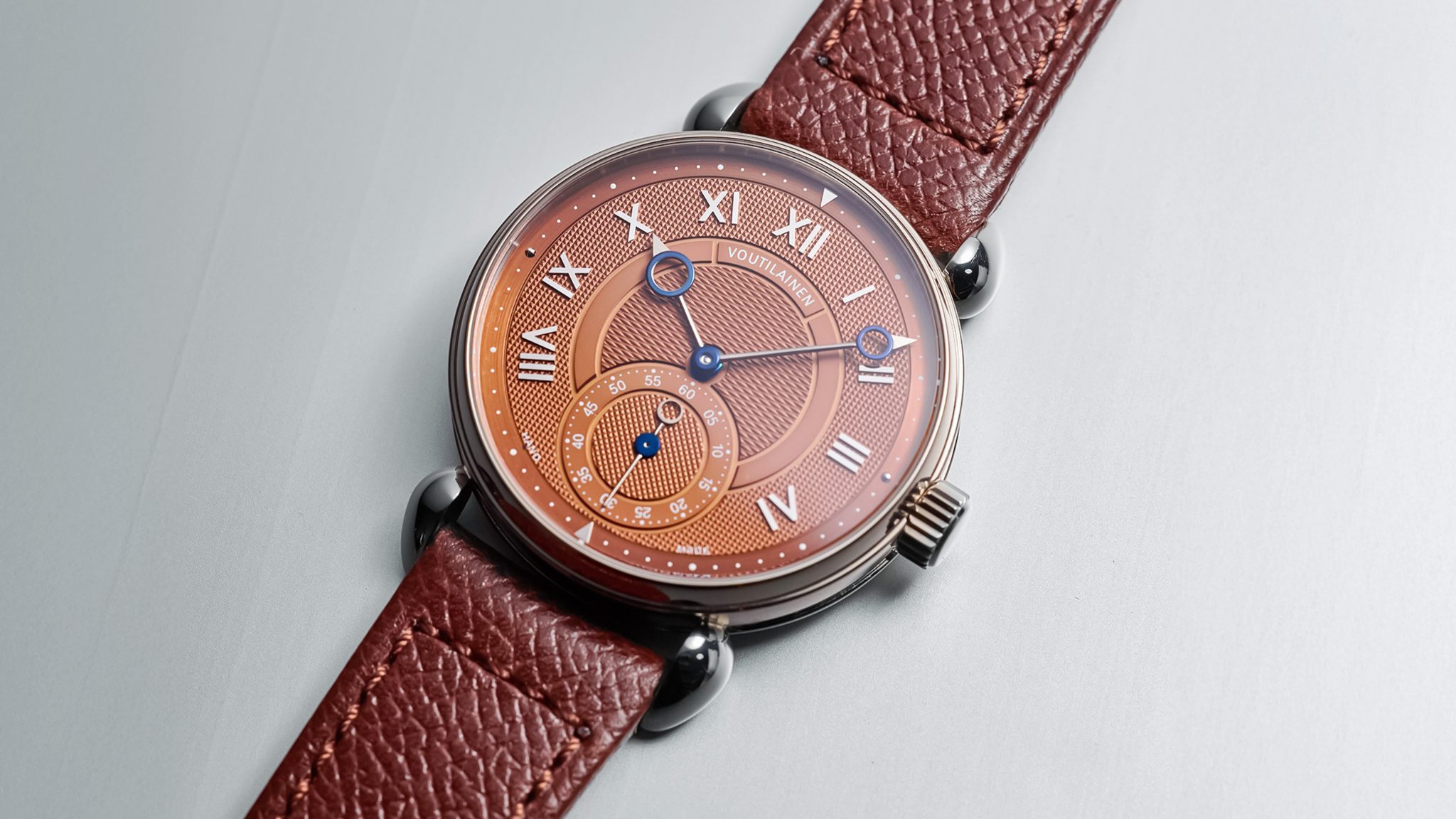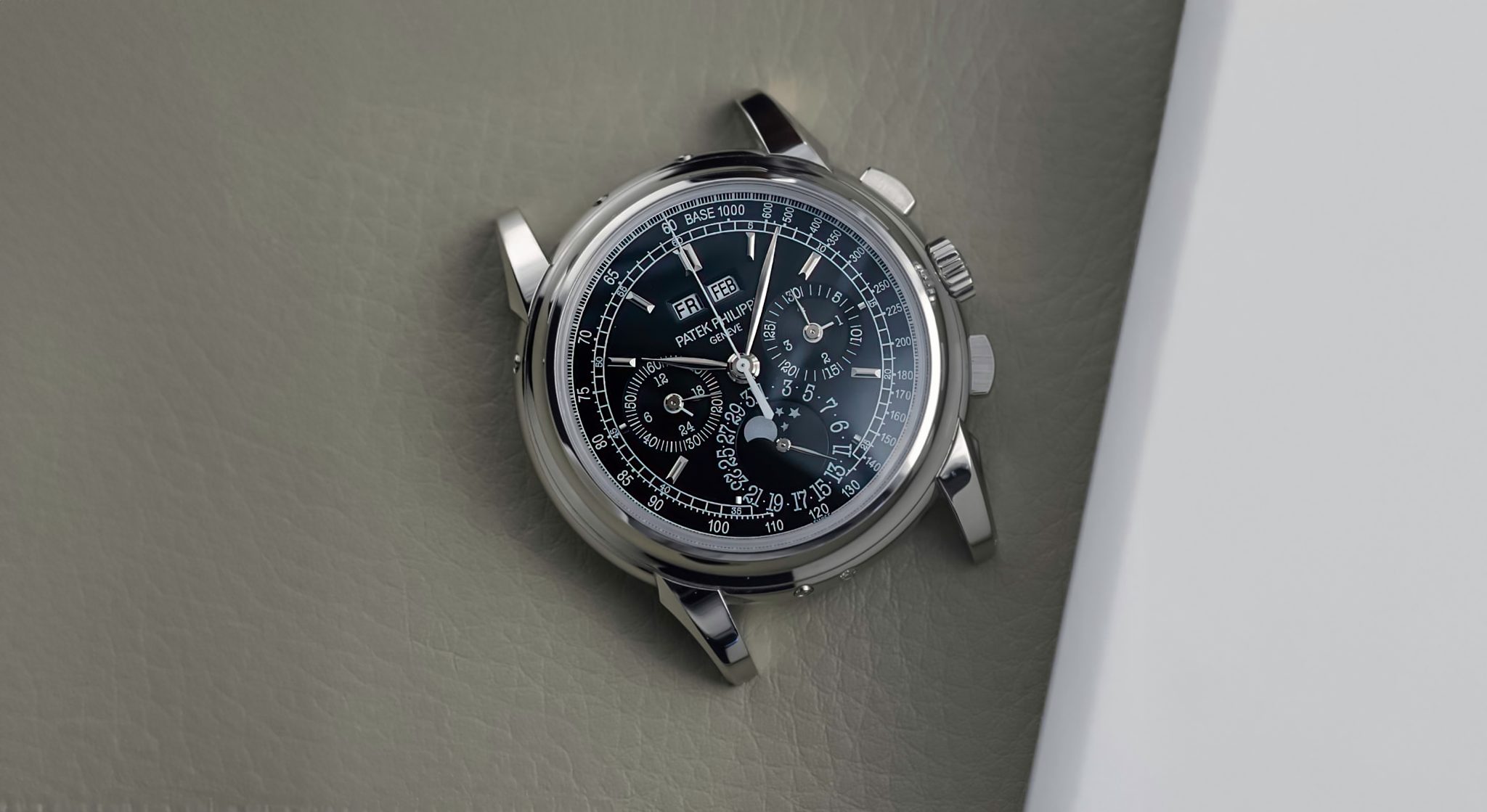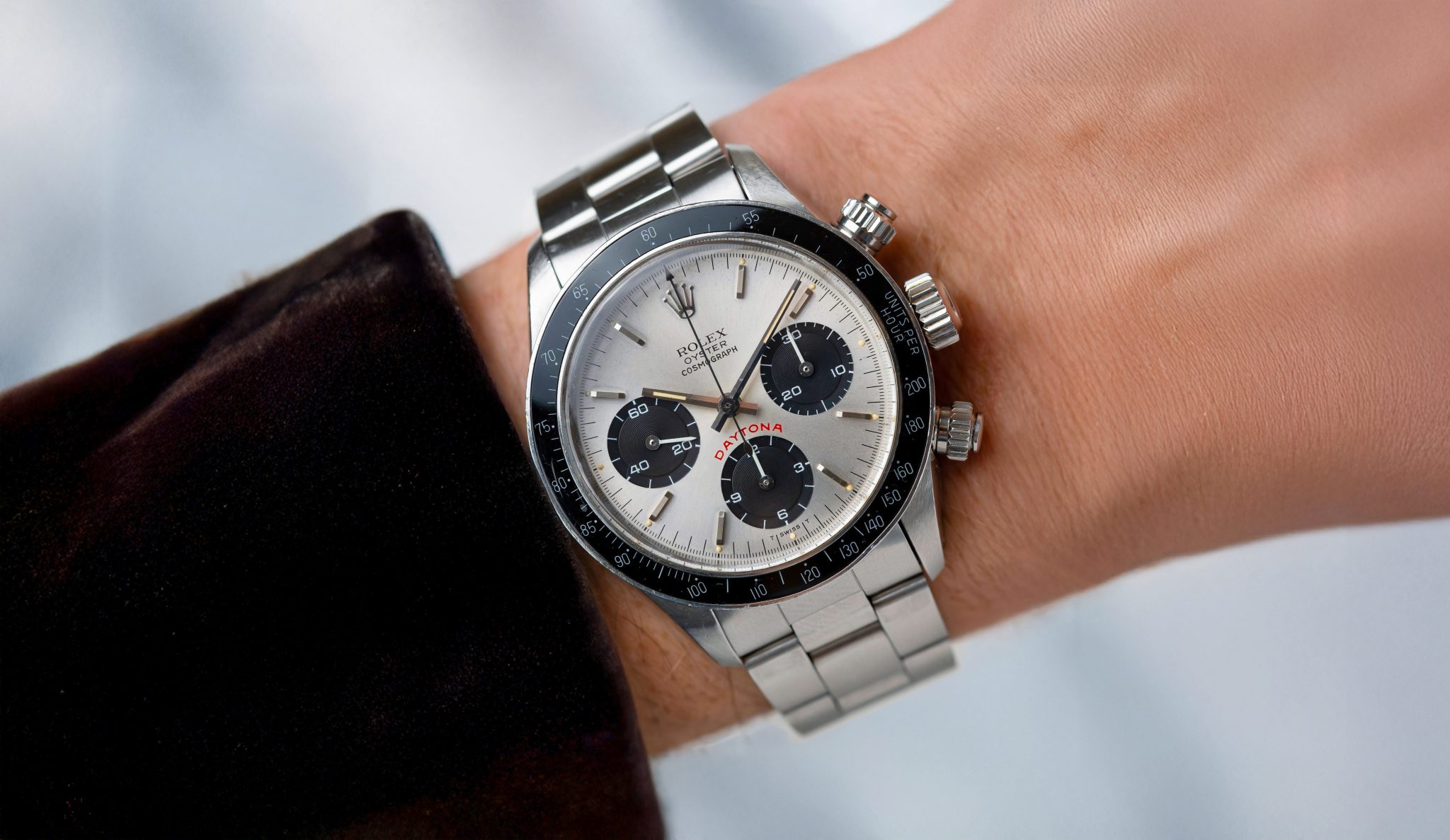
‘Big Red’ 6263 Rolex Daytona
If you ask anyone to close their eyes and picture a manual Daytona, this is probably what comes to mind. Despite PNs, early pump pushers, and even the JPS, this is the variant that defines an entire era of Daytona production. The Oyster pusher, white dial, acrylic bezel, Big Red dial look is quintessential manual Daytona, in the same way that a 3940P is quintessential complicated Patek Philippe. There are rarer, more collected, more valuable Daytonas pre-Zenith. But there is no more archetypal manual Daytona than the Big Red. And there’s a massive concentration of value to the more essential, non-PN 6263 and 6265 these days.

This 6263 is from 1987, when it was as behind-the-curve a watch as Rolex had ever made. The automatic, high-beat, technical El Primero had been on the market for nearly two decades. Watch buyers did not want to have to wind their chronograph daily, particularly in an Oyster case. It was a deeply unpopular. The Zenith Daytona arrived a year after this 6263 was made. This is the end of line for the now very collected manual Daytona calibre, but it wasn’t desired at all in its day. Production of 6263 and 6265 together are only slightly more than 6239. It is thin, manual, and 37mm. That’s what matters today, and why many collectors’ preference is manual over Zenith. There’s also more to learn.

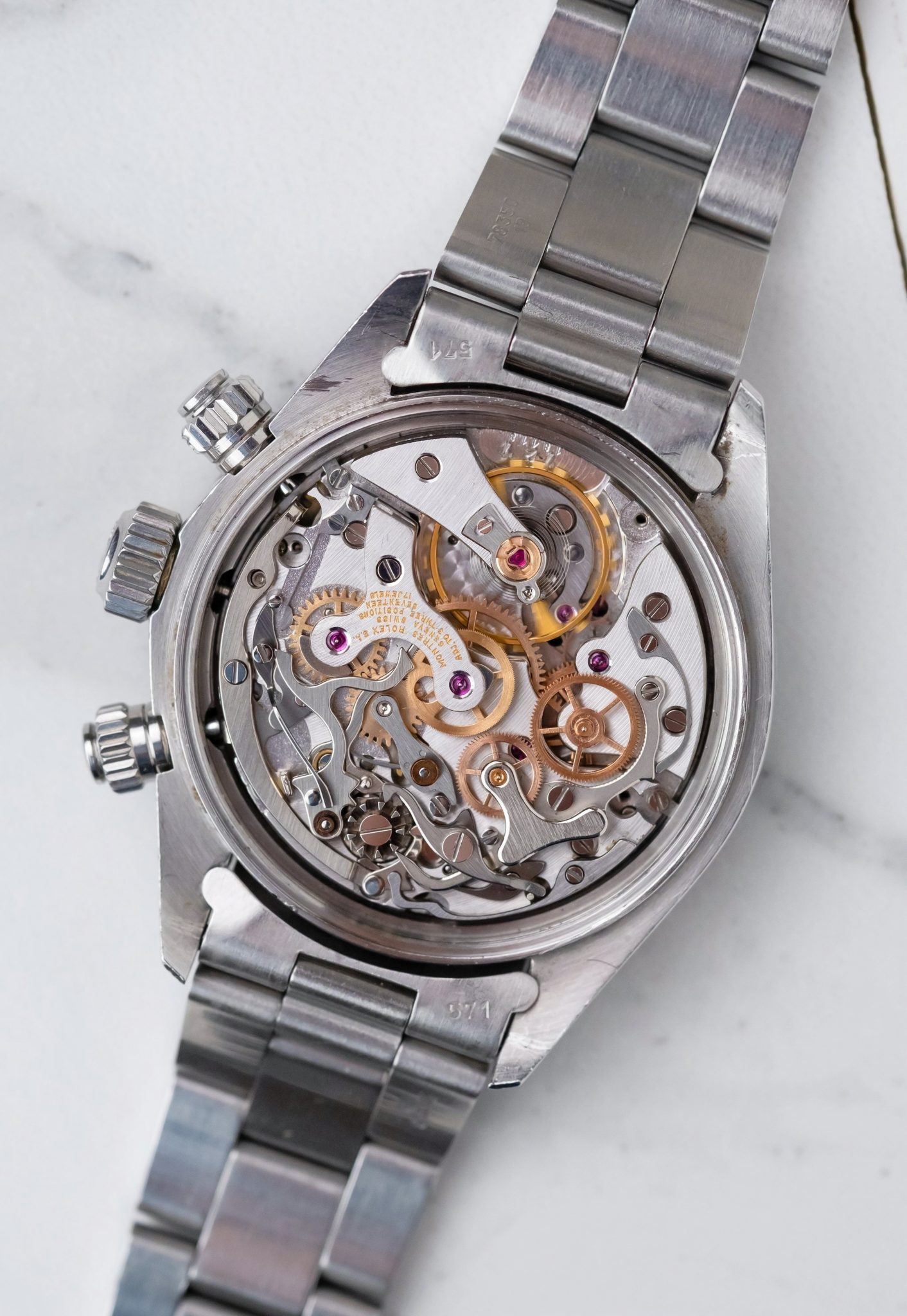
In 6263 dials, Big Red simply denoted the red Daytona above the 6 subdial, which took over from the sigma dial entirely around the end of the 70s. Big Reds can be further separated by floating and standard placement, where floating Daytona lines (this isn’t) ride just a bit higher and further away from the subdial. These are all minor nuances and no one is really drawing any sort of huge premium over the other, though the second Daytona Paul Newman owned was a Big Red and that changed things. Sigmas are now probably not quite as collected, but it should be condition first. The good news is, this one is a massive green light there. Few Daytonas have survived like this, regardless of reference. If you collect condition first, you know this. Yes, the notched pushers are correct for a production this late. As watch god Mayer once famously said of a black 6263, ‘It’s the only vintage Daytona you’ll ever need, if you wore this out, people would go yeah, that guy knows what he’s doing.’
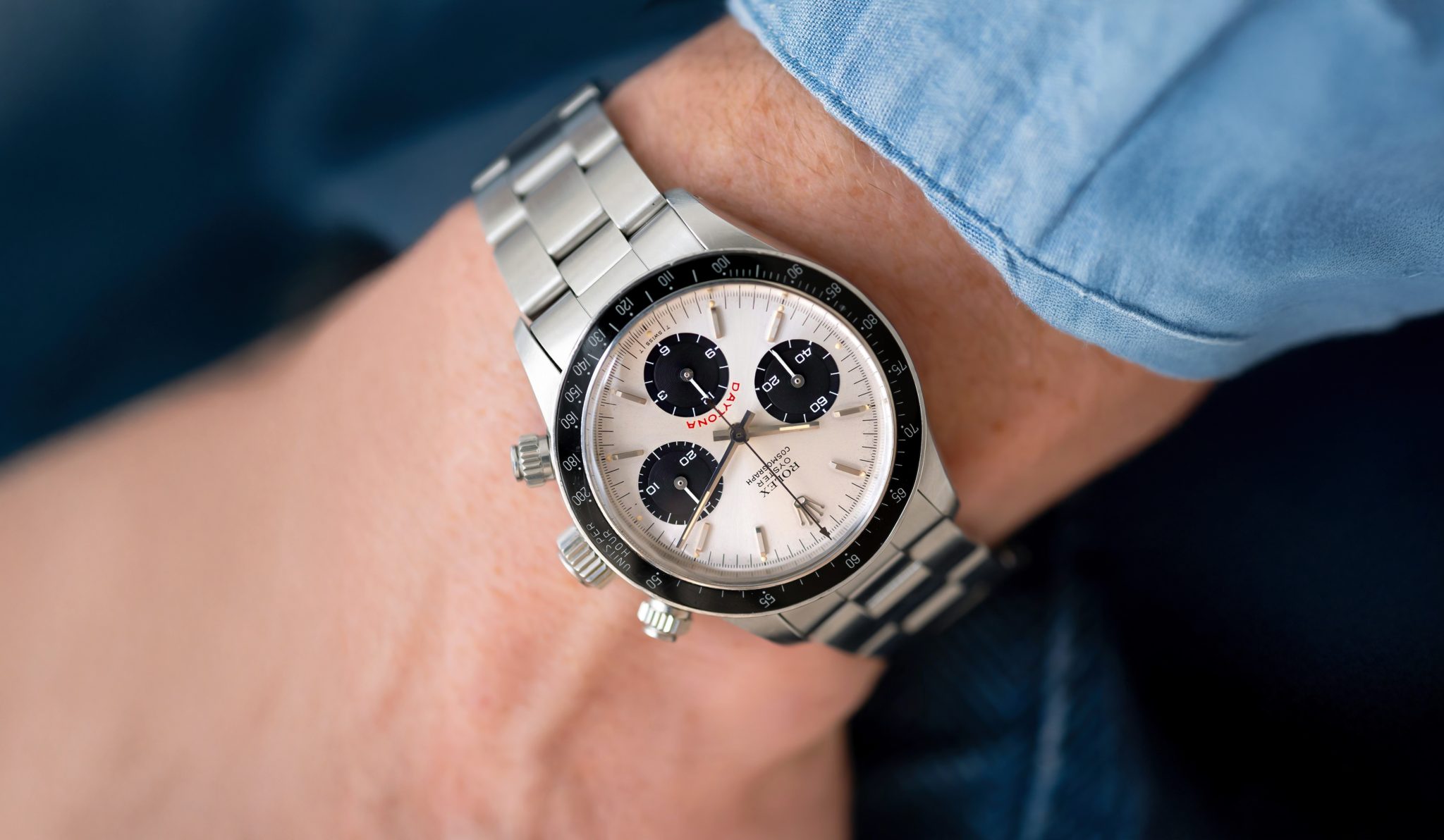
This example checks out entirely as far as I can see. Bezel and pushers are right for the production year. The dial shows no signs of damage that I can see, with lovely intact tritium pips matched in the handset. The case is the real star here, with beautiful edges you rarely see anywhere these days. It comes from a well-regarded London retailer.







